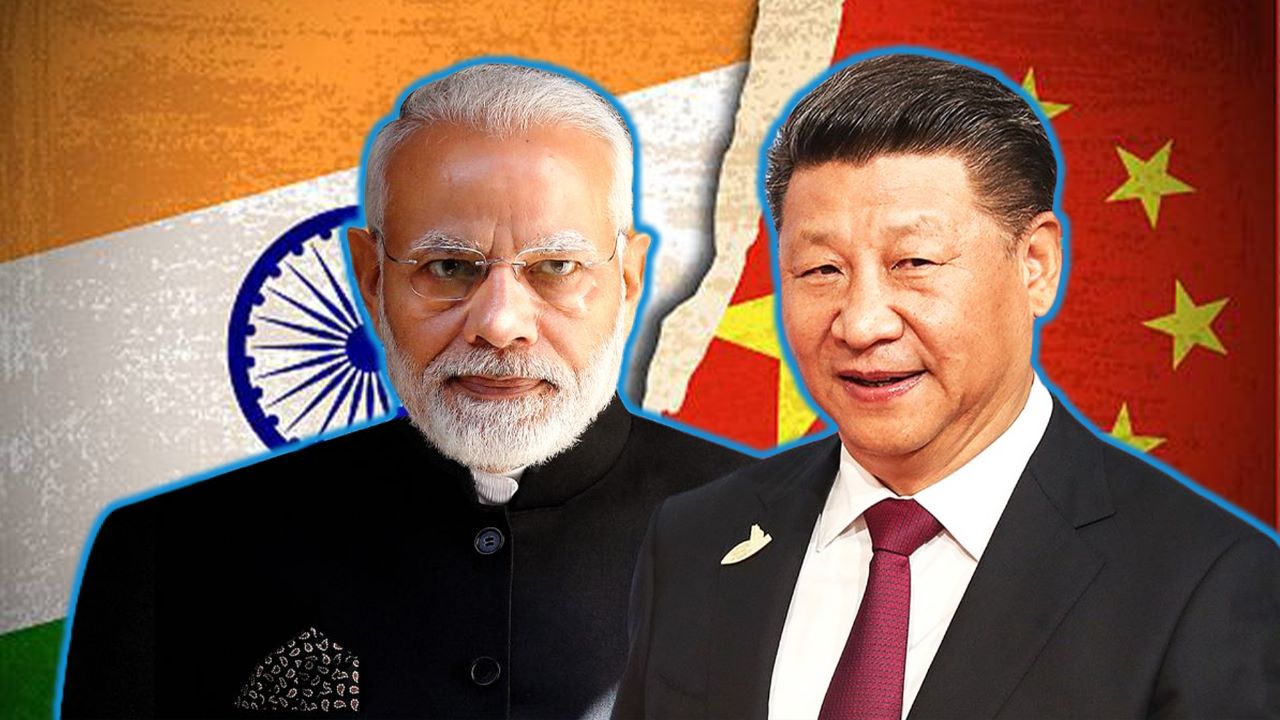US Intel Report Warns Of ‘Miscalculations’ On India-China Border; Says Fragile Ties With Pakistan To Stay Calm
Top US Scientist ‘Slams’ India’s Agni-V Missile Test; Says New Delhi Could ‘Disarm’ Pakistan With MIRV TechThe Office of the Director of National Intelligence released the Annual Threat Assessment of the US Intelligence Community on March 12. The report takes stock of the heightened tensions between India and China since cross-border clashes in 2020 and fears miscalculation can cause escalation. “The shared disputed border between India and China will remain a strain on their bilateral relationship. While the two sides have not engaged in significant cross-border clashes since 2020, they are maintaining large troop deployments, and sporadic encounters between opposing forces risk miscalculation and escalation into armed conflict,” the report said. The report comes a day after India announced the successful test-firing of a long-range ballistic missile, Agni-V, with Multiple Independently Targetable Re-entry Vehicle (MIRV) technology. The report paints a grim picture of the two Asian countries and comes close on the heels of the Royal United Services Institute (RUSI) article predicting a second India-China war before 2030. The Indian experts have differed from the foreign assessment contending that bolstering of capability is bringing parity between India and China. And China will not want to enter the conflict in such a scenario. Debalina Ghoshal, talking about the MIRVed missile being a capability booster, said: “MIRV capability does not alter the strategic stability equation with China negatively. China has MIRVs, too. So, India’s MIRV capability brings parity. Offense-defense balance is maintained through strategic parity.”

China – Top Adversary Of The US
The report says that in the foreseeable future, China will continue to undermine US influence to establish Beijing as the pre-eminent power in East Asia and the leading power on the world stage. The report asserts that “The Chinese Communist Party (CCP) will attempt to pre-empt challenges to its reputation and legitimacy, undercutting US influence, driving wedges between Washington and its partners, and fostering global norms that favor its authoritarian system.” China’s emphasis on Taiwan unification will continue to be a friction point with the US. The US sees China orienting its nuclear posture in response to the US, as it considers its present capabilities insufficient. Beijing is apprehensive that the augmentation in its conventional capability has increased the threat of a US first strike. In response, China has completed construction of more than 300 new Intercontinental Ballistic Missile silos and has loaded some of them with missiles. The US intelligence community fears that as China grows confident of its nuclear deterrence, it will not hesitate from intensifying conventional conflicts. The PLA has been modernizing its forces and has set the goal of becoming a world-class military by 2049. This, however, has been balanced by China’s lack of “recent warfighting experience,” which probably would weaken the PLA’s effectiveness and leaders’ willingness to initiate a conflict. Nonetheless, the US is not taking the PLA’s competence lightly. The PLA already operates two aircraft carriers and is expected to commission its most advanced carrier in 2024. It also operates a host of ballistic and cruise missiles, including the DF-17 hypersonic glide vehicle, and is fielding fifth-generation fighter aircraft. After the military base in Djibouti and the Ream Naval base in Cambodia, Beijing is just starting to pursue overseas bases. And the pursuit will continue in the future. Beijing reportedly is considering pursuing military facilities in multiple locations, including—but not limited to—Burma, Cuba, Equatorial Guinea, Pakistan, Seychelles, Sri Lanka, Tajikistan, Tanzania, and the UAE. The biggest threat that China poses is to the US government’s cyber security. Besides threatening infrastructure belonging to the US government, private sector, and critical infrastructure networks, Beijing’s cyber espionage pursuits have been another concern for the US. “PRC operations discovered by the U.S. private sector probably were intended to pre-position cyber-attacks against infrastructure in Guam and to enable disrupting communications between the United States and Asia,” the report adds. If Beijing believed that a major conflict with the United States was imminent, it would consider aggressive cyber operations against US critical infrastructure and military assets. Such a strike would be designed to deter US military action by impeding US decision-making, inducing societal panic, and interfering with the deployment of US forces.- Ritu Sharma has been a journalist for over a decade, writing on defense, foreign affairs, and nuclear technology.
- The author can be reached at ritu.sharma (at) mail.com
- Follow EurAsian Times on Google News

